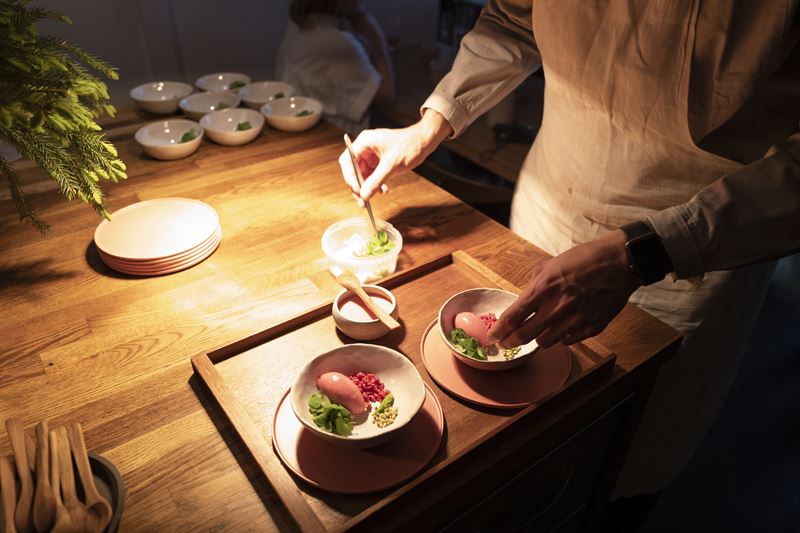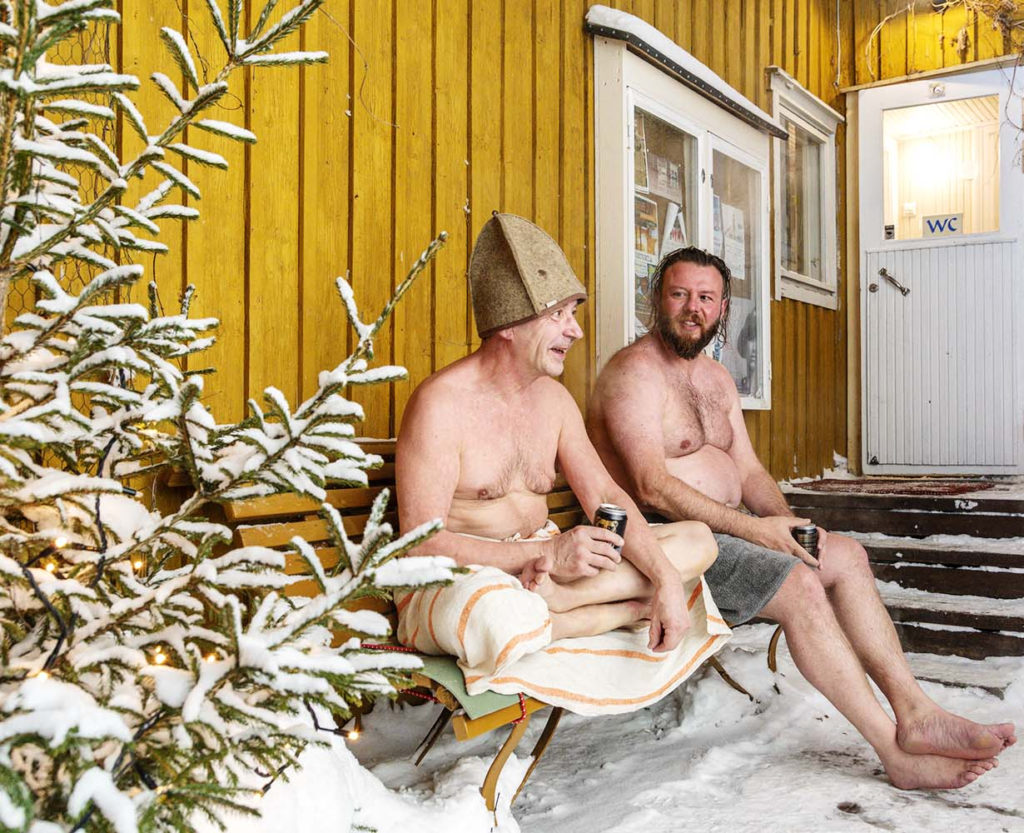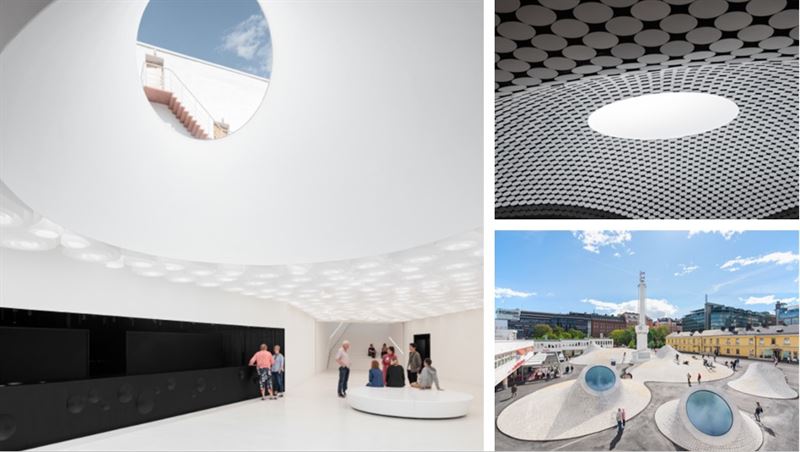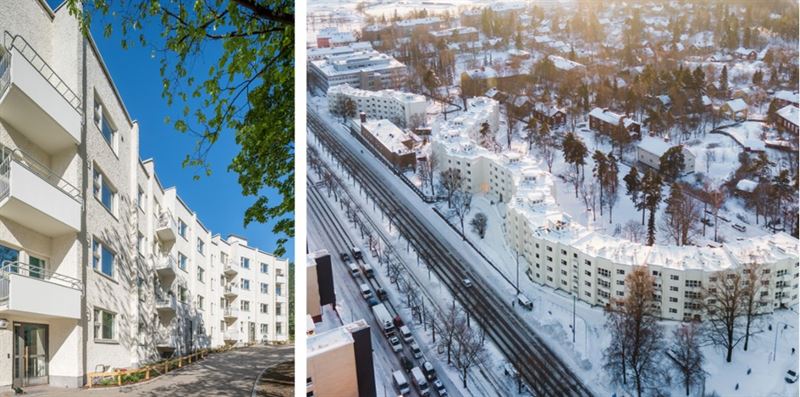For many people, the first things that come to mind when asked about Helsinki are its northern location, the happiest people in the world, and functional design.
The Finnish capital’s high-quality and unique food culture, on the other hand, has remained a well-kept secret and often pleasantly surprises visitors to the city. In Helsinki, one can find numerous innovative restaurants, the oldest market halls in the Nordic region, the Teurastamo center of urban and culinary culture, distilleries, microbreweries and other craft companies, such as bakeries and chocolate producers.
“The strengths of Helsinki’s food culture are its versatility, personality and a certain kind of uniqueness that combines local flavours and cultural influences from both East and West with a bold and innovative approach. The level of Helsinki’s top restaurants is illustrated by the fact that one restaurant has been awarded two Michelin stars and five with one Michelin star,” says Nina Vesterinen, Tourism Director at the City of Helsinki.
Helsinki wants to focus even more strongly on food tourism
Helsinki is currently implementing its Helsinki Tourism and Events Programme 2022–2026. The programme highlights the city’s vibrant urban culture with its events, visitors and restaurants as a key strategic priority for promoting the city’s vitality and wellbeing. Internationally, food has become an important appeal factor for tourism in recent years.
Restaurants play a key role in the vitality of cities. The restaurants in Helsinki have enormous and partly untapped potential, which can be used together with partners to develop the city as an attractive destination providing wonderful experiences for visitors. Helsinki will highlight the best aspects of the city as a food travel destination at the Matka Nordic Travel Fair this month by setting up Helsinki Food Court in cooperation with Food Camp Finland and Messukeskus.
The Matka Nordic Travel Fair in Helsinki is the largest tourism industry event in Northern Europe. In connection with the travel fair, Helsinki will also launch its own food culture strategy work. The aim is to make Helsinki a world-class food city of interest.
Finnjävel brings traditional Finnish dishes into the 21st century and to London
One of the advocates of Helsinki’s developing restaurant and food culture is Timo Linnamäki, restaurateur and Chairman of the Board of Muru Dining, which operates several restaurants in Helsinki. Representing Muru Group at the travel fair will be the restaurant Pastis, which focuses on rustic French cuisine and a casual atmosphere, as well as attentive and individual service.
“So much is happening in Helsinki’s restaurant scene, the range of offerings continues to expand, and there are real gems offering unique experiences throughout the city. Muru Group’s restaurants are a good example of their versatility – our taste worlds vary from the French cuisine at Pastis and the fish and seafood dishes at Sue Ellen to the Italian cuisine at Fiasco and the pure Finnish flavours at Finnjävel.”
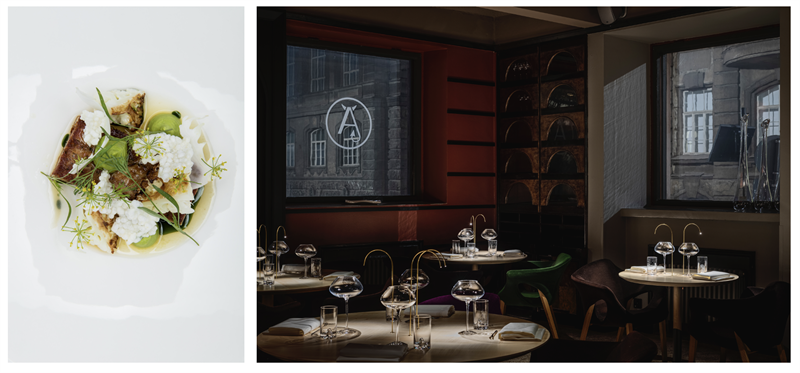
Photo: Finnjävel
Finnjävel originally began as a temporary pop-up restaurant but has since established its operations and gained its first Michelin star in 2021. In the same year, Finnjävel received the acclaimed Service Award for the best service in the Nordic countries.
“The concept of the restaurant is to serve the best Nordic flavours and to bring traditional Finnish dishes that are reminiscent of your grandma’s cooking into the 2020s with a new, innovative approach. We strongly believe in Helsinki’s potential as a restaurant city at the international level, and we will be promoting this message by opening Finnjäveli’s pop-up restaurant at other locations in the future. The pop-up will also present the Helsinki Distilling Company and Finnish Gin. Our aim is to offer a unique food experience that attracts international interest in Finnish food culture, producers and ingredients and inspires people to travel to the source to experience more,” says Timo Linnamäki. For the Silo, Leena Karppinen.
Featured image: Tuukka Koski/ Koski Syväri, MyHelsinki Material Bank
